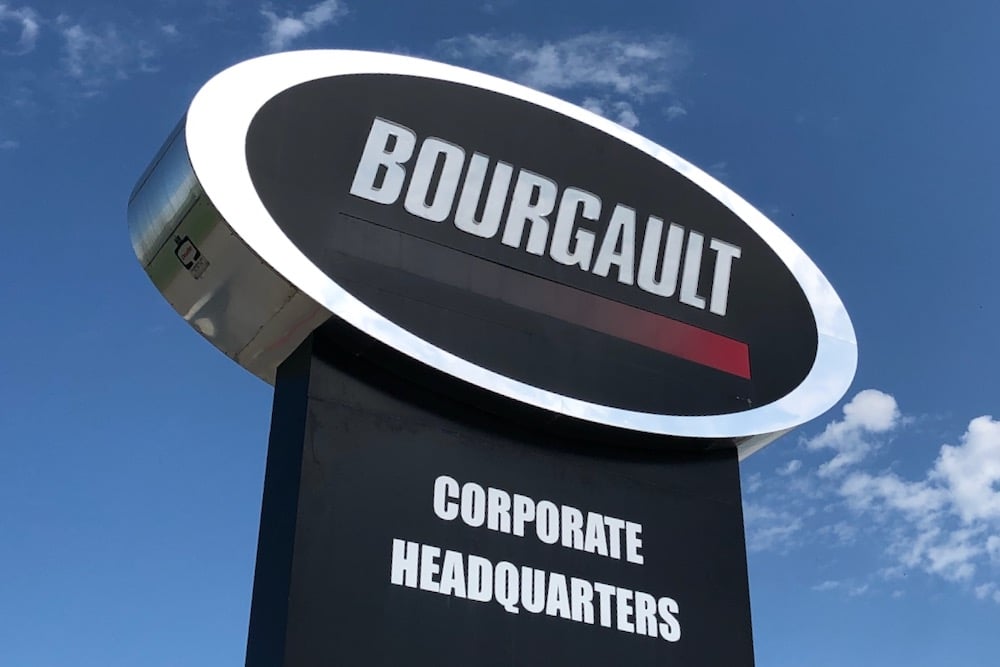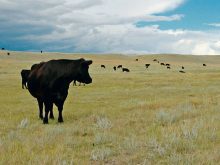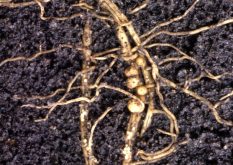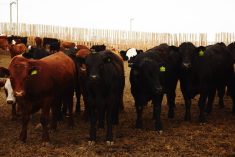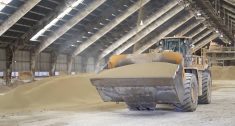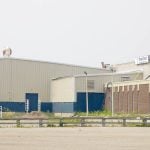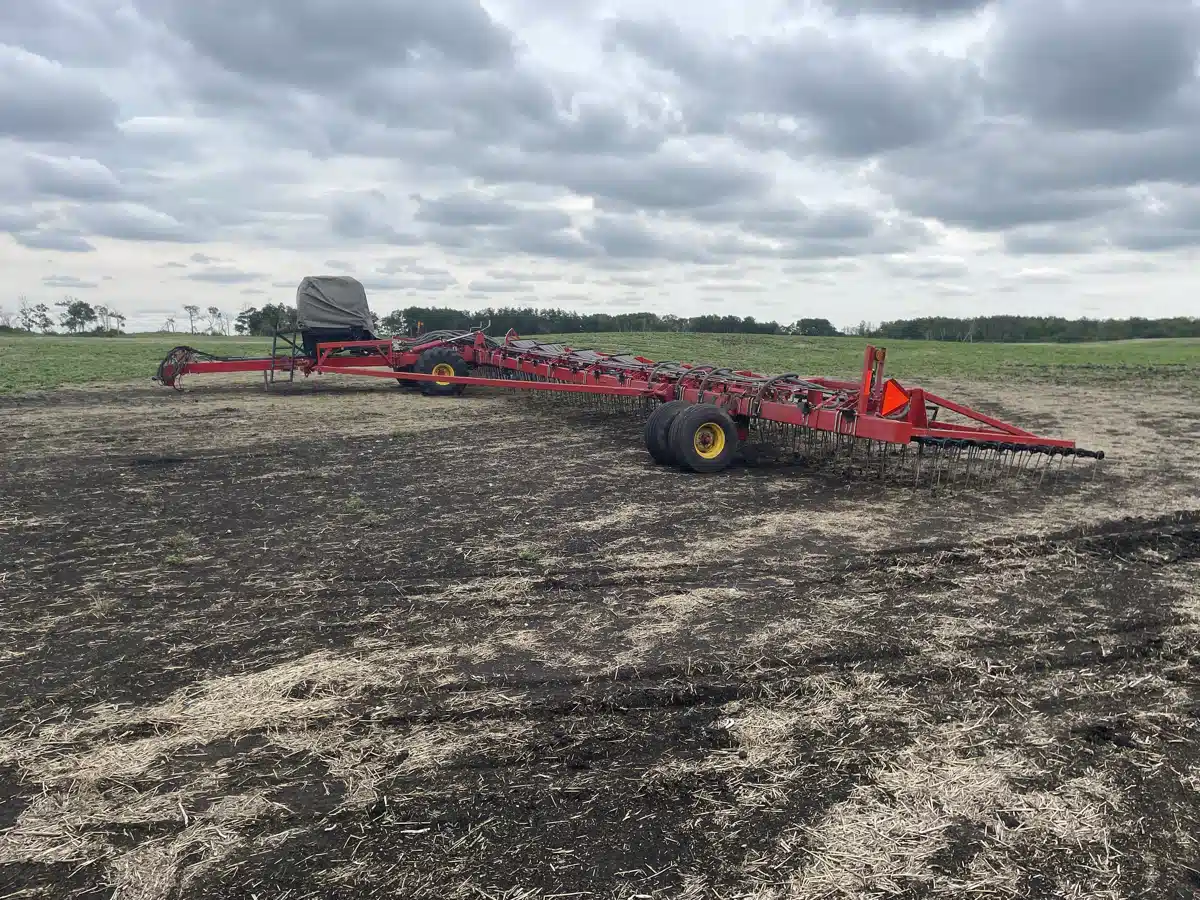So for weeks I’d been planning to fill this space with a tirade about last month’s cynical-yet-predictable developments in Ottawa on Bill C-234, but when Linamar went public with its plan to buy Bourgault Industries I got distracted by developments closer to home, so to speak.
In case you missed the news shortly before Christmas, Linamar — the Guelph manufacturing conglomerate that bought MacDon in 2018 and Salford in 2022 — announced Dec. 20 it has a deal in place to pay $640 million for 100 per cent of Bourgault, which makes seeders, drills, tillage equipment, air carts, grain carts and other equipment at St. Brieux, Sask.
Read Also

Oval Office intrigue drags on farm-level decisions
A rational family sitting down for a budget discussion should raise savings, reduce the risk those savings face when invested, and make a point to keep up with every twist and turn of emerging U.S. tariff and tax policy.
Even if you’re from Saskatchewan and/or are already familiar with Bourgault’s work, don’t let it bother you if you’ve never heard of the town. Having been raised just up the road and done all my K-12 schooling there, I say this because I didn’t have to move very far away to meet people who never heard of it nor knew where it is.
Let me save you a search: St. Brieux is up northeast of Saskatoon, on Highway 368, which runs from Muenster, just east of Humboldt, to Beatty, west of Melfort. As with many Prairie place names, the popular pronunciation of “St. Brieux” got anglicized, to rhyme with “brew” or “true.” Any aspiring fransaskois poets out there could rhyme “Brieux” with the French pronunciation of “lieu.”
While Bourgault is certainly its principal employer today, St. Brieux isn’t what anyone would consider a “company town.” The community — named for Saint-Brieuc, a city in the Brittany region of northwestern France — was long there already, established in 1904 by emigrants from that region. It remained a village in Saskatchewan terms until 2006, when its population firmed above the 500 mark and it levelled up to town status.
The company’s founder, Frank Bourgault, was a farmer and partner in the local Massey Ferguson dealership when he began designing and building cultivators in about 1969. He and his partners in town opened a cultivator manufacturing plant in late 1974, with a small staff that included nearby farmers seeking off-farm work. By 1980 the Bourgault business expanded into air seeders, having acquired rights to the seed metering system developed by another Saskatchewan farmer, Jerome Bechard.
In some other story this might have been the point where a business in growth mode would move its operations to a centre with a larger available labour pool closer to major road and rail corridors, rather than remain in a village on a road once voted the worst highway in Saskatchewan (it’s since improved). But relocation obviously wasn’t what Frank Bourgault had in mind. I didn’t know him personally but it seemed clear that for him, Bourgault’s success was St. Brieux’s success, and vice versa. When St. Brieux gathered to raise funds for community projects or improvements, he was often there with last-mile money to reach those goals.
Frank died of lung cancer in 1989 and within a couple of years, the company’s air seeder division had acquired its cultivator division. Frank’s son Joseph, who had led the cultivator division, kept its tillage tools business as a new and separate St. Brieux company, Bourgault Tillage Tools, which is not part of the Linamar deal. Another Bourgault brother, Claude, turned his sights to another equipment segment and in 1994 set up what’s now DryAir Manufacturing, another stand-alone St. Brieux company he and his partners sold last fall to a Winnipeg investment firm.
Their brother Gerry, who had led the air seeder division after Frank’s passing, is president of Bourgault Industries today; the company’s re-merged seeding and cultivator divisions plus its acquired divisions, Highline Manufacturing and Free Form Plastics, are all included in the Linamar deal.
According to our machinery editor Scott Garvey, who sat in on Linamar’s conference call, Gerry Bourgault plans to step away from the business when the deal closes, while most of the company’s management team will remain. Linamar says it aims to boost Bourgault’s exports and also to reduce expenses by streamlining procurement of materials.
It’s also worth noting that on the call, Linamar’s CEO Linda Hasenfratz estimated Bourgault’s current annual sales in roughly the same $500 million area as MacDon’s were when Linamar took over the Winnipeg company. I’m no business analyst, but if we apply that revenue figure against some of the methods used to set valuations, Linamar’s offer looks to be a pretty decent price for Bourgault — and the buyer appears optimistic about the company’s prospects.
“We like the technology. We like how the business is run and how it complemented our existing lineup of products,” Hasenfratz says in Scott’s recent article on our websites. “The timing was right. The family was ready to make an exit. It comes at a time when all of our business can complement and create growth.”
All this seems to bode well for Bourgault’s current workforce, which numbers over 1,000 worldwide, including over 900 in Saskatchewan. It’d also bode well for the community, where the recent labour market challenges we see across much of Canada have been met in St. Brieux in part by importing workers who’ve brought families to put down roots. In turn they provide a broader base of support for services including the school, child care centre and church, among others, as well as for established and newer small- to mid-sized enterprises (SMEs) such as First Choice Graphics, which supply the local major industries and others in the region.
For a town of St. Brieux’s size to maintain and grow as it has, where others in the region have contracted or gone ghost, Bourgault and its founder’s legacy can’t be overstated. But credit is certainly due also to the community itself.
What makes a town economically viable? A little while ago I was reading up on the idea of “company towns” and what happens in cases where the company abandons such towns. One such article quotes a University of Wisconsin economics professor, Ron Shaffer, as saying the most viable communities, the ones most likely to weather such change, have a “history of implementation.” They also feature a high level of discussion among stakeholders in the community and a positive attitude toward trying new ideas. He also says such communities are characterized by “a slight level of dissatisfaction.”
As grouchy as that last one sounds, he means it in the sense that it “identifies the unwillingness of economic actors in the community to accept current economic conditions as immutable.”
Over time, St. Brieux has ticked all those boxes. A town that presents itself as ready to grow — and able to work with existing employers interested in growth — is an asset beyond price for Bourgault and its owner-in-waiting.


